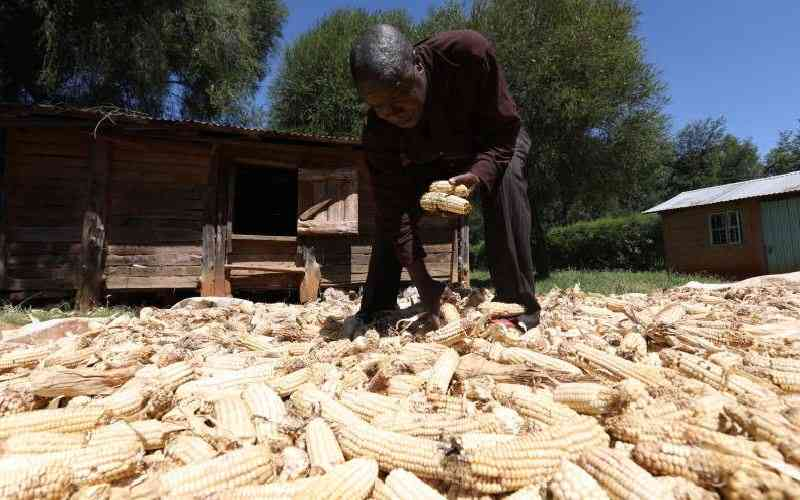Blog Details

Promotion of New Post-Harvest Practices in Kenya
In the heart of Elgeyo Marakwet and Trans Nzoia counties, a UHDP project has made a significant impact on local farming communities. The focus was on improving how farmers handle their crops after harvest, a crucial step in reducing losses and boosting income. The project reached out to 1200 small-holder farmers across these regions over 7 months, directly addressing the challenges they face.
The main goal was to tackle poverty by finding better ways to preserve and store crops after harvest. The project team worked closely with farmers to understand their current practices and the obstacles they encounter. From this research, they developed solutions tailored to the unique needs of each county.
A key part of the project was sustainability. The team explored how renewable energy could be used in post-harvest processes. One of the standout successes was the introduction of solar-powered drying systems. These systems helped farmers by cutting down their reliance on expensive and polluting fuels. The solar dryers not only reduced crop losses but also improved the quality of the produce, which meant farmers could sell their crops for better prices.
The benefits of this project are already being felt. With better post-harvest practices, farmers are seeing less waste and more income. The economic uplift from these improvements is helping to strengthen entire communities.
This work also shows how important it is to involve the community in every step of the process. Farmers were engaged from the beginning, ensuring that the new technologies were well understood and widely adopted. This approach helped build a sense of ownership among the farmers, making the changes more likely to last.
The integration of solar power into storage and drying processes has been a game-changer. Longer shelf lives for their crops let farmers wait for the right time to sell, which leads to better financial returns. This not only reduces food waste but also opens up new market opportunities.
The project stands as a strong example of how targeted research can drive real change at the grassroots level. It shows that with the right approach, significant improvements can be made in farmers' lives, and these successes can be replicated in other areas.
The comprehensive approach taken in this project is key to its success. It wasn’t just about introducing new technology; it was about ensuring that farmers had the knowledge and market connections needed to make the most of these innovations. This holistic strategy has created lasting benefits for the communities involved.
The insights gained from this project offer valuable lessons for future efforts in poverty reduction. By sharing these findings with others, the impact of this work can be multiplied, helping more communities across Kenya and beyond. The project demonstrates that continuous learning and collaboration are essential in the fight against poverty.


